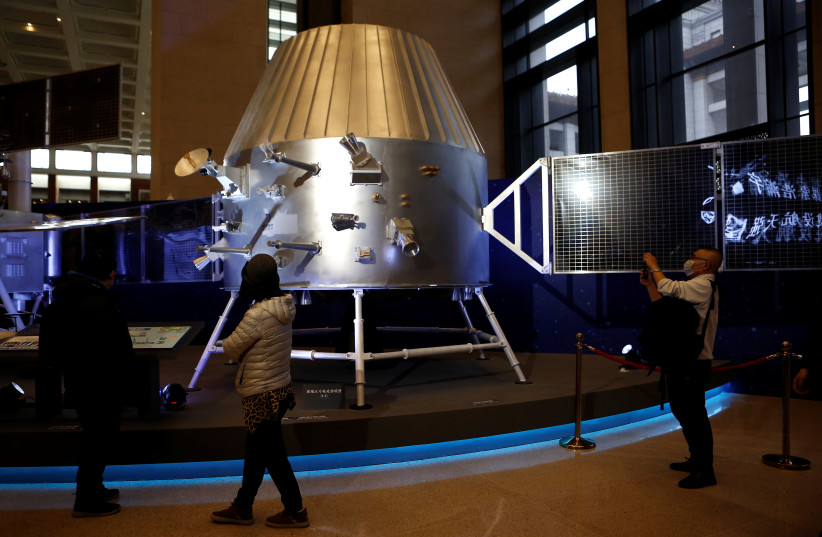Glass beads that were formed from the cooling of melted matter from impacts and strewn across the Moon may store significant amounts of water, a new study found.
The peer-reviewed study, published on Monday in the journal Nature Geoscience, was the result of analyses of samples from China's Chang'e-5 mission. The findings indicate that the Moon's soils contain a higher amount of solar wind-derived water than previously believed.
“The Pb-Pb dating of the CE5 impact glass beads indicates that they were formed in the range of 4-2,000 Ma by various local meteoritic impacts,” the researchers noted.
The Moon was once thought to be dry, but analyses of samples from the Apollo missions showed that there was water trapped within minerals from inside the Moon and orbiters have detected the presence of water on the Moon's surface.
Scientists believe that the interaction of the solar wind with materials on the lunar surface could produce water and sustain a water cycle, but a reservoir of lunar surface water has not yet been identified.

Scientists analyze samples collected on Moon mission
The researchers who conducted the study, including Hejiu Hui of Nanjing University and Sen Hu, analyzed the water content within glass beads formed during impact events and extracted from lunar soil samples collected during the Chang’e-5 mission.
“Two analytical sessions were designed to measure the water abundances and hydrogen isotope compositions of CE5 impact glass beads using a CAMECA NanoSIMS 50L at the IGGAS,” the scientists wrote. “In the first session, measurements at the cores and rims of CE5 impact glass beads were carried out to investigate the potential water zonation features in the glasses. In the second session, more-detailed profile measurements on five individual CE5 impact glasses were acquired, as well as several parallel measurements on other glass beads for cross checking. A liquid nitrogen cold trap was used to further improve the vacuum quality in the second session.”
The scientists found water inside the beads that is consistent with a solar wind origin.
The distribution of water within individual beads suggests that water can rapidly accumulate in the beads through diffusion over the course of a few years and be rapidly released.
The researchers said this presents a potential recharge mechanism for driving a water cycle on the surface of the Moon.
Moreover, they suggested that the water trapped in the beads could serve as a possible water resource for future Moon missions and that the beads could host similar water sources on other celestial bodies with no air.
